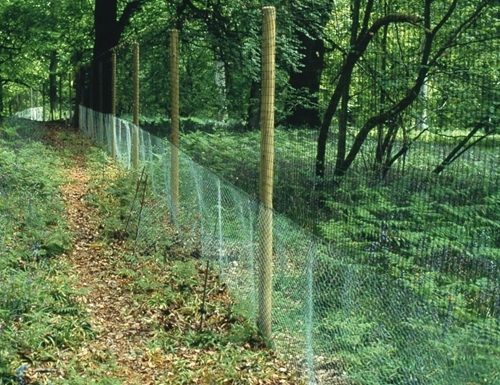Written by Alex Keeble, Advisor for Central England
2 Minute Read

Pheasant release pens should contain a mosaic of evenly distributed habitat providing a stimulating environment for the poults to acclimatise themselves before being released. An ideal pen should include one third of open ground, shrubby cover and diverse roosting cover. This habitat should extend to outside of the pen into the surrounding woodland. One of the main causes for stress and therefore disease within a release pen is overstocking and unsuitable habitat for the birds to thrive in. Recommendations in line with the Code of Good Shooting Practice are to allow for a one-hectare release pen for every 1,000 poults (10m2 per bird). Pens within ancient woodland should be avoided, however, if no other suitable release site is available reduce stocking densities to 700 birds/ha per release pen to avoid damage to woodland ground flora.
When planning a new pheasant pen, tree felling should be performed before erecting the structure of the pen. Establishing the trees that are favourable for pheasants to roost in at their various stages of growth is also key. Poults will begin to roost on top of low shrubs and brambles, gradually climbing higher within the canopy when possible. The straight branches of larch, oak, cherry, and fir trees are favoured spots for roosting pheasants. If large trees are being felled, leave the tops where they fall to create brash piles. Eventually, these piles will encourage bramble growth and provide an area for pioneer tree species to grow such as hawthorn, birch and blackthorn.
Note where the sun rises and sets to aid in sky-lighting key areas. Birds will congregate within sunny areas before and after roosting, so having a vast area of sunlight within a pen will ease overcrowding and therefore stress. Surrounding hedges may also need management to allow light to penetrate the woodland floor and can be laid, coppiced or topped. Laying smaller trees allows leaves to continue to grow and suckers to sprout along the branches creating instant ground/mid-cover. Planting additional shrubby species can help improve the pen habitat mosaic, but avoid non-natives where possible and plant shrubs in areas where light will penetrate the floor.
As woodland will continually grow, ongoing habitat management will need to be implemented. Mowing sections of grassland will provide various heights of sward for the gamebirds to forage in. Avoid driving vehicles regularly within the release pen to avoid impact on the ground flora and to aid in biosecurity between release sites where possible.